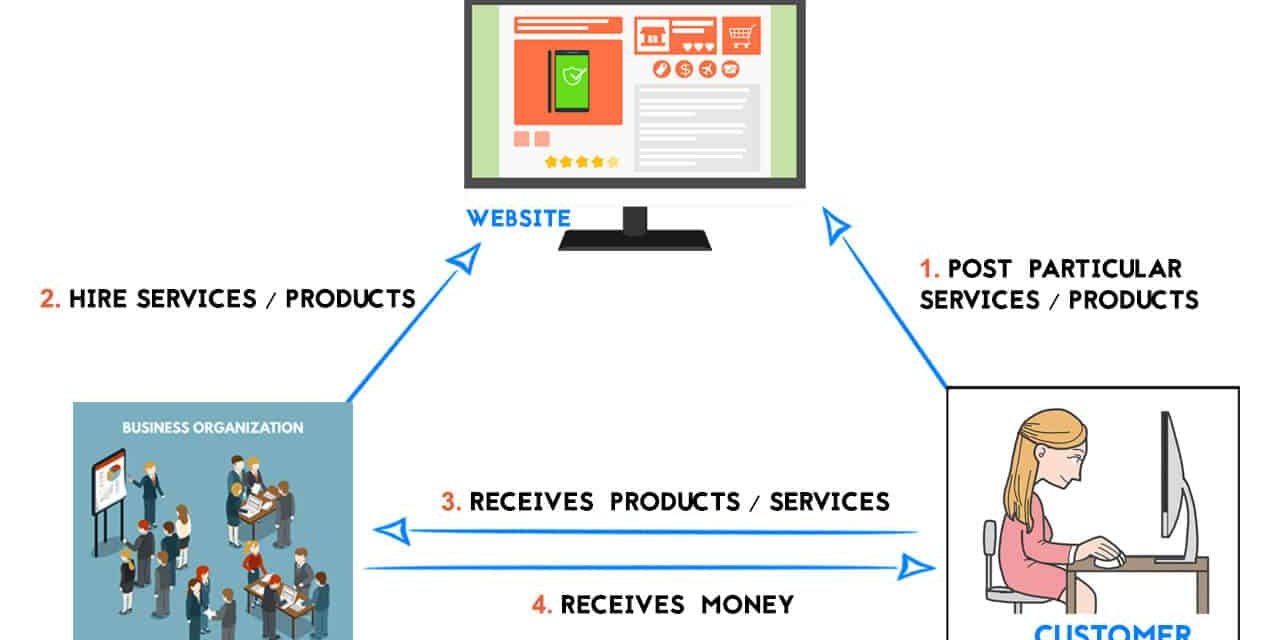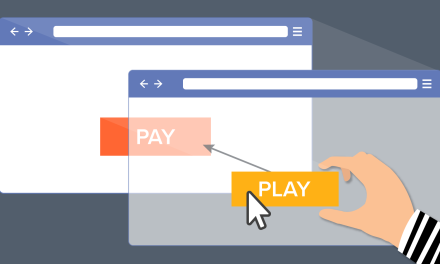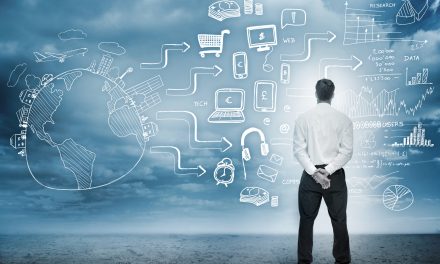The pandemic has increased the dependency of the world on the online domain. Right from schools to parliamentary sittings, everything has gone virtual. It is no surprise then that the online world has created all sorts of possibilities to harness and E-commerce is one such area. Let’s see the Pritish Halder guidelines on Consumer-to-Administration.
E-commerce is the buying and selling of goods, services, transfer of data or funds over an electronic network. There are several platforms like websites, portals and applications which provide an interface for the users to interact with the service providers.
The Consumer-to-Administration or C2A e-commerce business model encompasses electronic transactions online between individuals and the public administration.
The C2A e-commerce model helps the consumers to post their queries and request information regarding public sectors directly from their local governments/authorities.
It provides an easy way to establish communication between the consumers and the government.
What is Consumer to Administration (C2A) model?
C2A is defined as the e-commerce model where consumers utilize electronic means to reach out to the administration (local government/authorities). Every activity where a consumer avails of a public service or interacts with the government/authorities through a website. An online portal or a mobile app can be considered as the C2A model.
Following are the examples of Government of India initiatives for public service delivery i.e. C2A structures:
Government Services: application for PAN card, Aadhar Card, Voter-ID, booking railway tickets through IRCTC.
Health: COWIN portal for vaccination, National Digital Health Mission.
Tax: filing tax returns online, paying GST.
Bills: payment of electricity bill, payment of water bill.
Education: education provided by public institutions, central universities, NPTEL etc.
An amalgamation of technology and public services
The global scenario is fast changing with the introduction of new technologies every single day. It has become prudent on the part of organisations and institutions.
To keep up their pace and come up with new ways to connect to their audience. Technology has changed the scope of Indian e-governance as well. The Indian Government launched the National e-Governance Plan (NeGP) in 2006. The Digital India initiative and demonetisation drive gave further impetus to increase the scope of online public service delivery.
As the COVID-19 pandemic began and it became too risky for citizens to physically visit government offices, schools, colleges and expose themselves to the virus, it gave a boost to the use of contactless digital technology for service delivery across India.
The World Economic Forum has called it India’s “Digital Reset”. Online education and work-from-home provisions were a part and parcel of it.
During the 2nd wave of the pandemic in India, some states managed the supply of supplemental oxygen and hospital beds using apps and portals which were updated in real-time.
The broader picture shows that the government response to the pandemic was heavily dependent on the internet and digital means. The reliance on online service delivery has also helped bypass the legacy bureaucracy, complacency and red-tapism that is usually seen in government offices. Public confidence in using digital service delivery mechanisms has certainly been on a rising trend since the pandemic.
Potential applications of C2A model : innovations in public service delivery
It is pertinent to understand what the general public’s aspirations are to cater to its demands. Digital mechanisms provide useful tools to the government to analyse it. Data collected using C2A systems can be used to understand the lacunae in the service delivery by analysing the citizen-generated data using new technologies like big-data analytics.
This can be then used to address the grievances and improvise the service delivery. Such exercise can create a constant feedback loop between the public and the government.
It can also be an effective means of authentic information dissemination directly to the consumer on their hand-held devices, especially when it comes to Public Health Advisories and last-mile outreach for government initiatives. Tele-medicine services become the need of the hour while tackling contagious diseases and large-scale lockdowns.
Local and state governments in coastal areas use cyclone warning SMS alerts to inform the fishermen and residents in the area to evacuate in case of an incoming storm. Similarly, IFLOWS-Mumbai was developed as a flood-warning system using GIS technology to create alerts for civic bodies and residents.
Perhaps the best use of C2A can be the decentralisation of governance and participation of every last person that the authorities are supposed to serve. City-planning and traffic management might be promising areas where data could be used to improvise service delivery.
The untapped potential of the C2A mechanism can be harnessed using emerging technologies like multi-source data aggregation, cloud services, big-data analytics, internet-of-things and artificial intelligence, which will be able to help in streamlining the public service delivery mechanisms.
Efficiency of C2A : what can be done to improve?
While it is true that the online medium was relied on heavily by the government to respond to the COVID-19 pandemic. It also highlighted the existing digital divide in the country. Many children from rural India could not attend online school due to the non-availability of an internet connection, or a smartphone or a laptop.
Telecom Regulatory Authority of India’s 2020 report depicts that only half the country’s population has access to decent internet connection and the UN E-Government Development Index (EGDI), 2020 ranked India 100 out of 193 countries.
Which shows that there is a long way to go to truly cater to the unserved public. This mandates proper infrastructure provision on part of the government. Starting from the continuous electricity supply, seamless internet connectivity through last-mile broadband connections and enhancing digital literacy. There is also a need to remove language barriers that hamper the non-English speaking population’s access to digital services.
Reference
https://blog.ipleaders.in/understanding-the-application-and-efficiency-of-c2a-e-commerce-model/
https://www.ecomsay.com/types-of-ecommerce-business-models/










